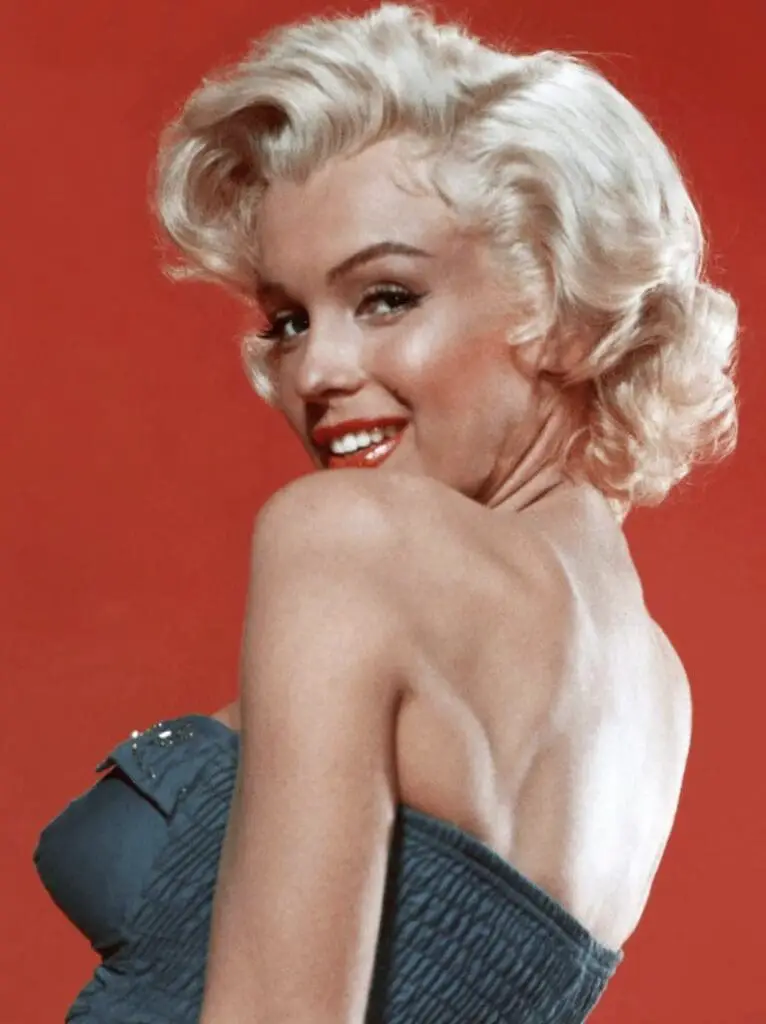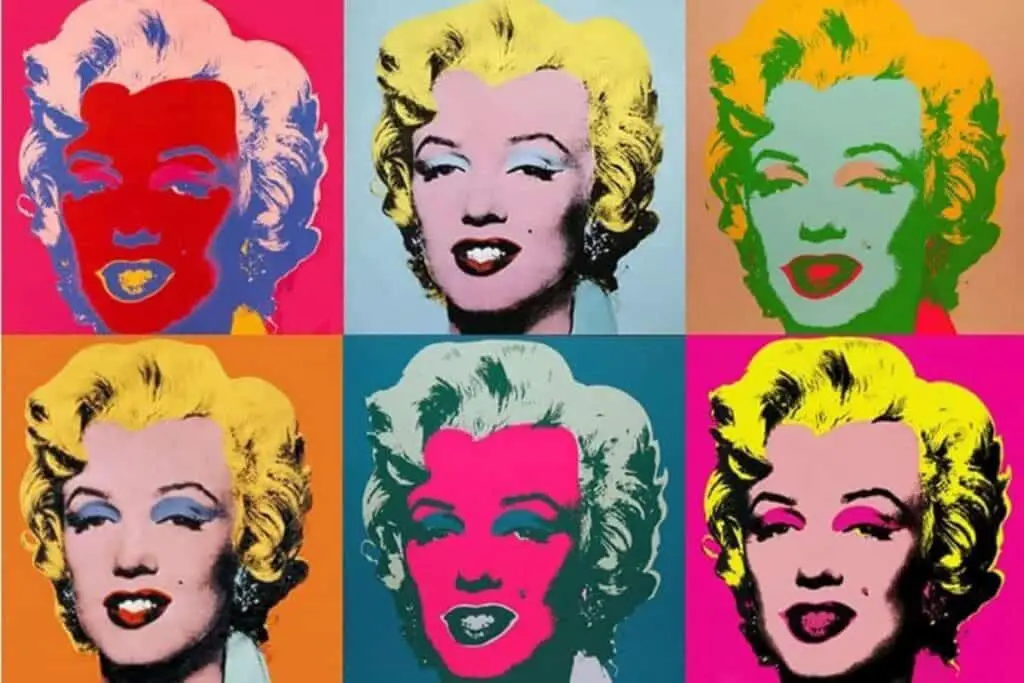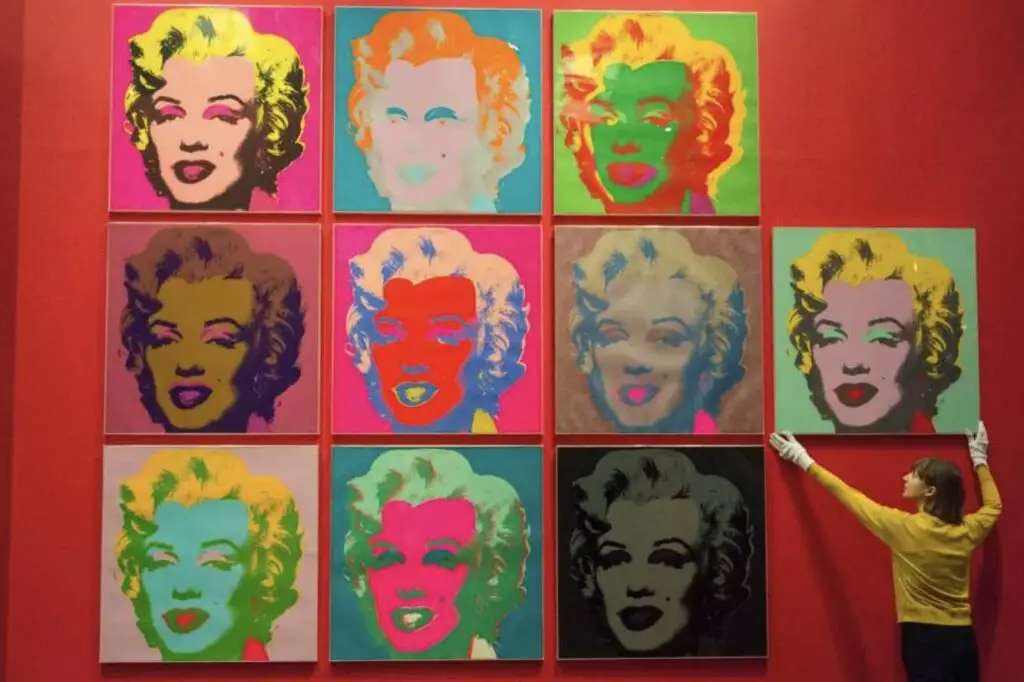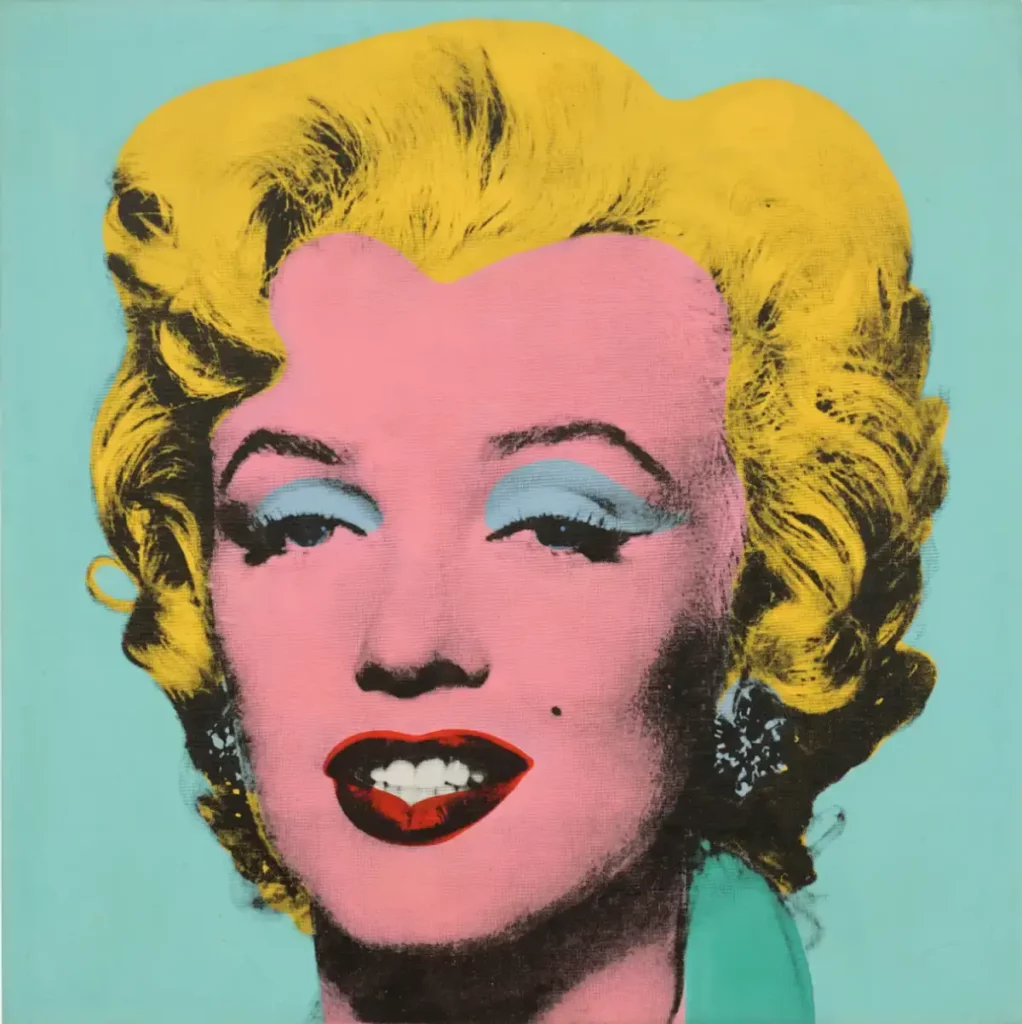Andy Warhol, the visionary artist of the pop art movement, left an indelible mark on the art world with his distinctive style and exploration of celebrity culture. Among his vast work, one recurring figure stands out: the iconic American movie star Marilyn Monroe.
Marilyn Monroe, a symbol of beauty, glamour, and tragedy, captivated the public during her all-too-brief life. And it was precisely this enigmatic combination of allure and vulnerability that seemed to magnetize Warhol. By repeatedly featuring Monroe in his art, he sought to unravel the layers of her celebrity status, exploring the blurred lines between reality and fiction and delving into the complexities of fame and its consequences.
Table of Contents
- The Enduring Fascination: Unraveling Andy Warhol’s Obsession With Marilyn Monroe
- The Marilyn Monroe Series: A Reflection Of Beauty And Tragedy
- Related Questions
The Enduring Fascination: Unraveling Andy Warhol’s Obsession With Marilyn Monroe
The iconic American artist, Andy Warhol, became synonymous with pop art and revolutionized how we perceive art and celebrity culture. Among his numerous subjects,

Marilyn Monroe held a special place in his heart and his art. Warhol’s fascination with Monroe was evident through his extensive portrayal of her in his artworks.
Read on as we will delve into the reasons behind Warhol’s profound captivation with the enigmatic Hollywood starlet and explore the significance of their relationship.
Marilyn Monroe – Cultural Icon Of An Era
Marilyn Monroe, a prominent symbol of American popular culture in the 1950s and 1960s, captivated audiences worldwide with her charm, beauty, and talent. Warhol was deeply influenced by the transformative power of mass media and celebrity culture, and Monroe represented the epitome of these concepts.

She embodied the idealized image of a glamorous Hollywood star, a cultural icon that fascinated Warhol.
Andy Warhol – Blurring Of Real And Imagined Identities
Warhol’s art challenged the boundaries between reality and fantasy, often blurring the lines between them. Monroe, who played various roles and personas onscreen, exemplified the duality of identity.
Warhol was intrigued by the idea that celebrities could craft their public personas while harboring private struggles, creating a dichotomy between the perceived and actual selves. His fascination with Monroe lay in her ability to embody these contrasting identities simultaneously.
Andy Warhol – Celebrity Obsession And The Cult Of Stardom
Warhol’s artistic journey was heavily influenced by his obsession with fame and the cult of stardom. He recognized the allure of Monroe’s celebrity status and saw her as the quintessential representation of the allure and pitfalls of stardom.
By repeatedly depicting her, WWarhol highlighted the dichotomy between the public’s adoration and the inner turmoil that often plagued these famous figures.
Marilyn Monroe As A Reflection Of Personal Struggles
Warhol’s fascination with Monroe extended beyond her public persona. He empathized with her struggles, including her battles with mental health and her tragic end. Warhol dealt with feelings of isolation and loneliness and saw a mirror image of his vulnerability in Monroey.
Through his art, Warhol sought to immortalize Monroe while shedding light on the fragility and complexities of human existence.
Marilyn Monroe’s Enduring Legacy Through Andy Warhol
Despite her untimely death, Marilyn Monroe’s legacy thrives in contemporary culture.
Warhol’s artworks featuring Monroe immortalized her and played a pivotal role in cementing her status as an enduring cultural icon. Warhol’s fascination with Monroe ensured that her presence would persist beyond her lifetime, leaving an indelible mark on the art world and popular culture.

Andy Warhol’s enduring fascination with Marilyn Monroe stemmed from many factors: her status as a cultural icon, the blurring of identities she represented, the allure and pitfalls of celebrity culture, and the personal struggles they both shared. Through his art, Warhol sought to capture the essence of Monroe’s multifaceted persona while reflecting on the complexities of fame and human existence.
Monroe’s legacy, intertwined with Warhol’s artistic vision, has remained an enduring testament to the power of art and the profound impact of iconic individuals on our collective consciousness.
The Marilyn Monroe Series: A Reflection Of Beauty And Tragedy
Warhol’s Marilyn Monroe Series is characterized by its vibrant colors and repeated images of the Hollywood star. He used various source materials, including publicity stills and magazine photographs, to create his silk-screen prints.

(Photo by Ray Tang/Anadolu Agency/Getty Images)
Warhol’s process involved transferring the images onto silk screens and applying multiple layers of ink to create a bold and graphic effect. The repetition of Monroe’s image in the prints reinforces her status as an iconic figure and emphasizes the mass production and consumption of celebrity images in American culture.
The series includes variations in color and composition, with some prints featuring Monroe’s face in bright, contrasting hues, while others focus on specific details, such as her lips or eyes.
Interpretations And Meanings Of The Marilyn Monroe Prints
The Marilyn Monroe series can be interpreted in various ways, depending on the viewer’s perspective. On one level, the prints celebrate Monroe’s beauty and allure, capturing her image at the peak of her fame and glamor.

At the same time, the repetition and serialization of the images suggest a sense of loss and sadness, hinting at the tragic aspects of Monroe’s life and untimely death.
Warhol’s vibrant colors and bold compositions add a sense of energy and vibrancy to the print and a certain artificiality and distance.
Some art critics have suggested that the Marilyn Monroe series reflects Warhol’s fascination with fame and mortality, highlighting the transient nature of celebrity and the fleeting nature of life itself.
Legacy And Impact Of Warhol’s Marilyn Monroe Series
Warhol’s Marilyn Monroe series remains one of his most iconic and enduring bodies of work. It has been exhibited in museums and galleries worldwide and has become synonymous with the artist’s exploration of celebrity culture and the commodification of images.

The series has had a lasting impact on contemporary art, influencing subsequent generations of artists who continue to explore the themes of fame, celebrity, and popular culture in their work.
The Marilyn Monroe series has solidified Marilyn Monroe’s status as a cultural icon, ensuring that her image remains an enduring symbol of beauty, tragedy, and the allure of Hollywood.
Andy Warhol’s fascination with Marilyn Monroe and his creation of the Marilyn Monroe series is a testament to the enduring power of celebrity and the complexities of fame.
Through his art, Warhol captured both the allure and the tragedy of Monroe’s life, immortalizing her image and exploring the themes of celebrity culture and consumerism.
The Marilyn Monroe series continues to captivate audiences with its vibrant colors, repetition, and iconic imagery, serving as a reminder of the indelible mark left by Monroe on popular culture and the lasting influence of Warhol on the art world.
In examining this body of work, we gain insight into the profound connection between art, fame, and the human condition, as well as the ongoing relevance of Warhol’s artistic vision in our contemporary world and his obsession with Marilyn Monroe, the American Actress.
Anita Louise Art is dedicated to art education, great artists, and inspiring others to find and create their art. We love art that uplifts and inspires. #ArtToMakeYouSmile! #ArtToMakeYouHappy!
If you want to see any of my art, you can find out more by clicking here. If you are interested in what inspires me and my paintings, you can discover more by clicking here.
We have a free newsletter and would love you to be part of our community; you can subscribe to the newsletter by clicking here. I would be happy to talk to you if you have any questions. You can reach me, Anita, by clicking here.
Subscribe to our Anita Louise Art YouTube Channel with great videos and information by clicking here.
Join us for our podcast “5 Minutes With Art.” Spend 5 minutes a week with us to discover and learn about great art and artists. You can find out more about our podcast by clicking here.
Related Questions
What Type Of Artist Is Andy Warhol?
Andy Warhol is a Pop Artist, one of the Pop Art Movement’s major figures. Andy Warhol’s artwork explored the relationship between what is known as the mass popular cultures of his day and art. He used many iconic American objects in his art and painted many celebrities.
By clicking here, you can learn more by reading What Type Of Artist Is Andy Warhol?
Why Did New Art Movements Develop In The Years Following World War 1?
Many art movements after World War 1 came about as a direct protest about the devastation and loss of human life in the First World War. Many of these art movements also included cultural and political movements where like-minded artists band together to produce satirical and other art.
You can discover more by reading Why Did New Art Movements Develop In The Years Following World War 1? by clicking here.
Can Anyone Be An Abstract Artist Without Any Talent In Painting?
To be a great abstract artist, you need talent and an understanding of painting. Painting can be a technical skill artists spend a lifetime perfecting through art education and practice. Great abstract artists have had intensive training in painting, drawing, composition, and color theory.
You can learn more by reading Can Anyone Be An Abstract Artist Without Any Talent In Painting? by clicking here.


